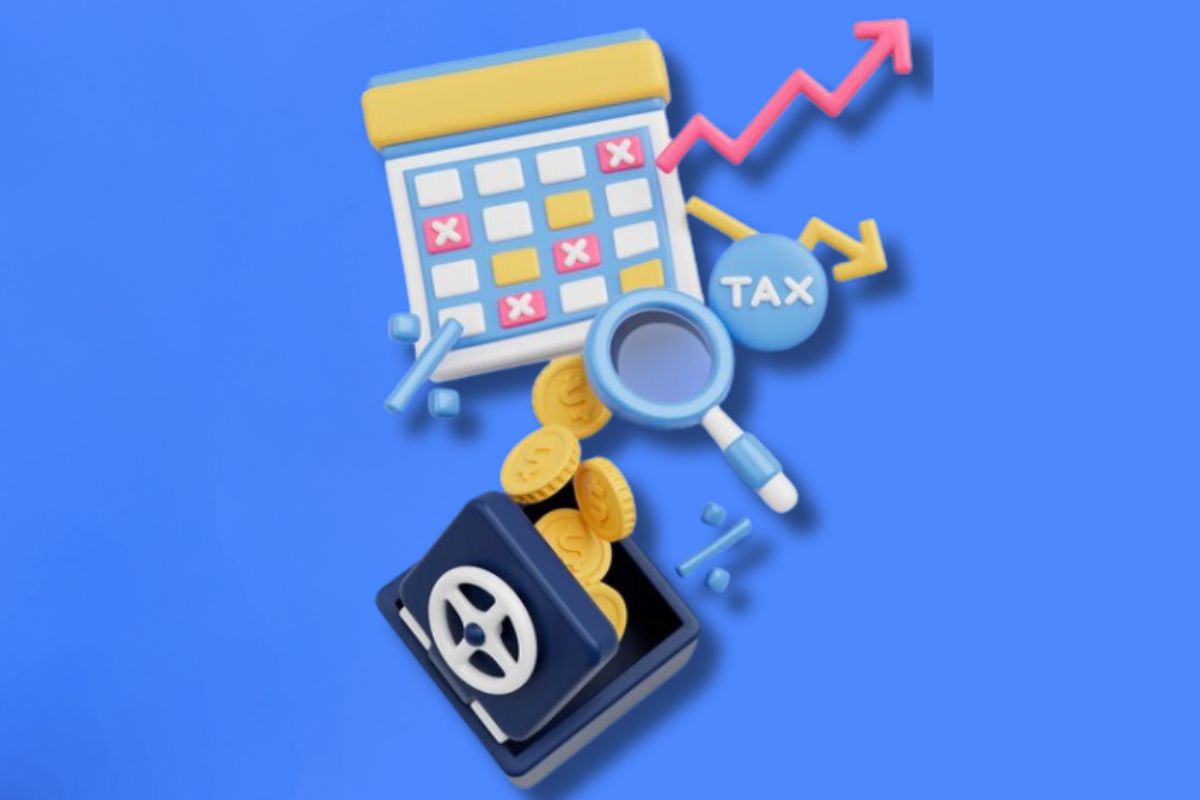As we journey into the future of tax lien investing, the landscape continues to evolve, presenting both challenges and opportunities for investors. From technological advancements to regulation shifts, staying informed about emerging trends is crucial for success in this dynamic market. Here are five trends shaping the five predictions of tax lien investment:
The Changing Tides: Five Trends Shaping the Future of Tax Lien Investment
Discover the future of tax lien as we delve into five key trends shaping the landscape of this lucrative investment strategy. From digital transformation to regulatory shifts, explore how these trends are impacting the market and learn how investors can adapt to stay ahead in this dynamic industry.
Digital Transformation
Technology is revolutionizing the way investing in tax liens is conducted. Online platforms are streamlining the process, providing investors with access to a broader range of opportunities and real-time data. From researching properties to bidding on liens, digital platforms are enhancing efficiency and transparency in the investment process.
Increased Competition
As the popularity of tax lien investment grows, so does the competition. More investors are recognizing the potential for attractive returns in this asset class, leading to increased competition for desirable properties. Savvy investors are employing advanced analytics and data-driven strategies to gain a competitive edge in identifying lucrative investment opportunities.
Regulatory Changes
The regulatory landscape continues to evolve, impacting the tax lien investment market. Changes in legislation and compliance requirements can significantly influence the investment environment, affecting everything from lien redemption periods to bidding procedures. Staying abreast of regulatory developments and understanding their implications is essential for navigating the complexities of tax lien investment.
Shift in Investor Preferences
Investor preferences are shifting towards socially responsible investing and sustainable practices. This trend is also influencing tax lien investment, with growing interest in properties that align with environmental, social, and governance (ESG) criteria. Investors are increasingly considering factors such as property condition, community impact, and sustainability initiatives when evaluating investment opportunities.
Market Volatility and Uncertainty
Like any investment, tax liens investment is not immune to market volatility and uncertainty. Economic fluctuations, geopolitical events, and unforeseen circumstances can impact property values and lien redemption rates, affecting investment returns. To mitigate risks, investors are diversifying their portfolios, conducting thorough due diligence, and adopting risk management strategies.
Keep the Predictions for tax lien investment in mind!
As the tax lien investment market continues to evolve, several predictions can be made about its future trajectory. These forecasts are based on current trends, technological advancements, regulatory changes, and shifting investor preferences. Here are five predictions on tax lien investing that are likely to unfold in the future:
Increased Digitization and Online Platforms
The trend toward digitization in tax liens is expected to accelerate in the future. Online platforms will become the primary channel for conducting research, bidding on liens, and managing investments.
These platforms will offer sophisticated tools and analytics, empowering investors to make data-driven decisions and access a wider range of investment opportunities. The convenience and efficiency of digital platforms will attract more investors to the tax lien market, further expanding its reach and liquidity.
Rise of Data Analytics and AI
Data analytics and artificial intelligence (AI) will play an increasingly significant role in tax lien investment. Advanced analytics tools will enable investors to analyze vast amounts of data, identify patterns, and predict market trends with greater accuracy.
AI-powered algorithms will automate repetitive tasks, enhance decision-making processes, and uncover hidden opportunities in the market. Investors who leverage data analytics and AI technologies will gain a competitive edge, achieving superior returns and mitigating risks in their tax lien investments.
Regulatory Evolution and Compliance Requirements
Regulatory changes will continue to shape the tax lien investment landscape in the future. Governments may introduce new legislation, update existing regulations, or implement stricter compliance requirements to address emerging issues and protect investor interests.
Investors will need to stay informed about regulatory developments, adapt to changing requirements, and ensure compliance with applicable laws and regulations. Proactive compliance management will be essential for navigating the complexities of the regulatory environment and avoiding legal pitfalls in a tax lien.
Expansion of ESG Considerations
Environmental, social, and governance (ESG) considerations will become increasingly important in tax lien investment. Investors will prioritize properties that align with sustainable practices, promote social responsibility, and adhere to high governance standards.
ESG criteria will influence investment decisions, property evaluations, and due diligence processes, driving demand for environmentally friendly and socially-conscious investments in the tax lien market. Investors who integrate ESG considerations into their investment strategies will generate financial returns and contribute to positive societal and environmental outcomes.
Diversification and Risk Management Strategies
Investors will adopt more sophisticated diversification and risk management strategies as the tax lien market matures. Instead of relying solely on individual properties or geographic locations, investors will diversify their portfolios across different asset classes, lien types, and risk profiles.
They will employ hedging techniques, insurance products, and alternative investments to hedge against market volatility and minimize downside risks. By diversifying their portfolios and implementing robust risk management strategies, investors will enhance the resilience and stability of their tax lien investments, ensuring long-term success and prosperity.
Bottom Line
The future of tax lien investing is marked by technological innovation, regulatory changes, shifting investor preferences, and market dynamics. By staying informed about these trends and adapting to the evolving landscape, investors can position themselves for success in this lucrative yet complex asset class.
Apart from this, the future of tax lien investment is characterized by increased digitization, data analytics, regulatory evolution, ESG considerations, and diversification strategies. By embracing these trends and predictions, investors can capitalize on emerging opportunities, mitigate risks, and achieve sustainable growth in the dynamic and evolving tax lien market.
Remember, knowledge is key in tax lien, and staying ahead of the curve is essential for maximizing returns and minimizing risks in the ever-changing investment landscape. Tax Lien Code is a leading resource for investors seeking insights into the dynamic world of tax lien investment.
Our platform offers expert guidance on navigating regulatory changes, leveraging technology for efficient investing, and maximizing returns in this lucrative asset class. Stay informed, stay ahead with Tax Lien Code.
















